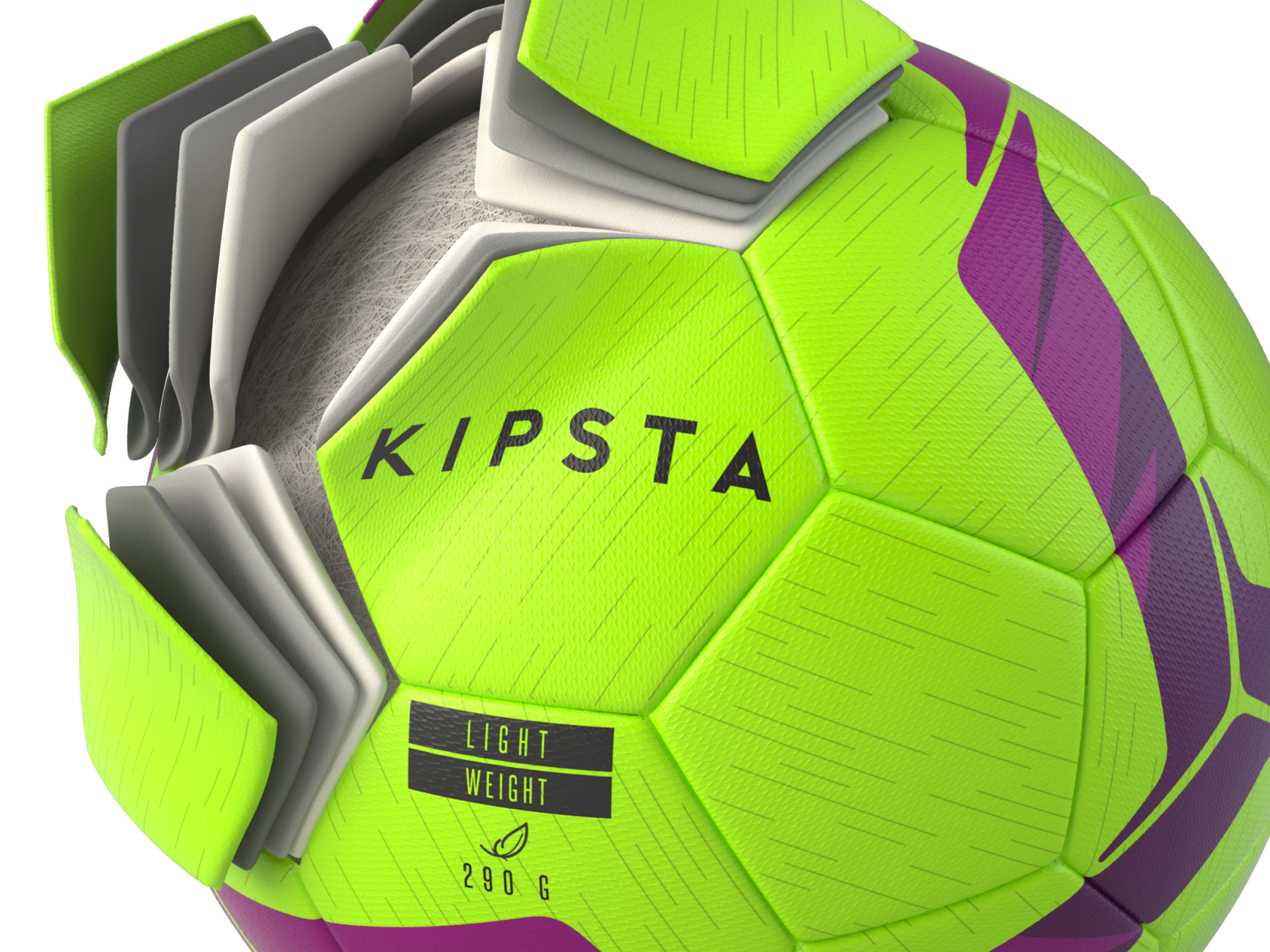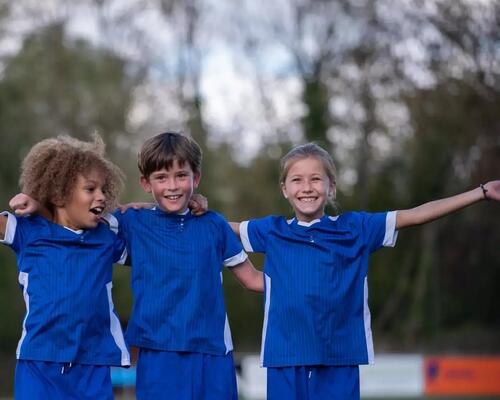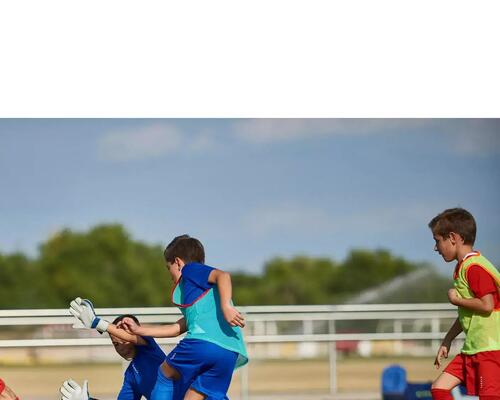Inspiration straight out of germany
At Kipsta, we see children as adults in miniature. At their age football is a whole different ball game, which is why we've designed products especially for them.
For the last few years, young boys and girls in Germany have been learning to play the game with lighter balls. There are some very simple reasons for that. Firstly, learning to kick a ball correctly and to hit it in the air is not as easy as it might look. When you're young all you want to do is play like the stars and do the things they do.





